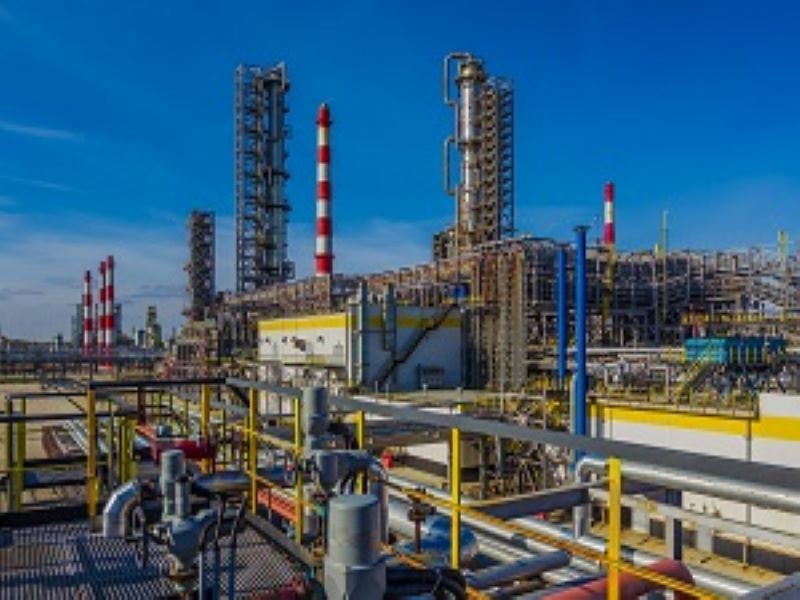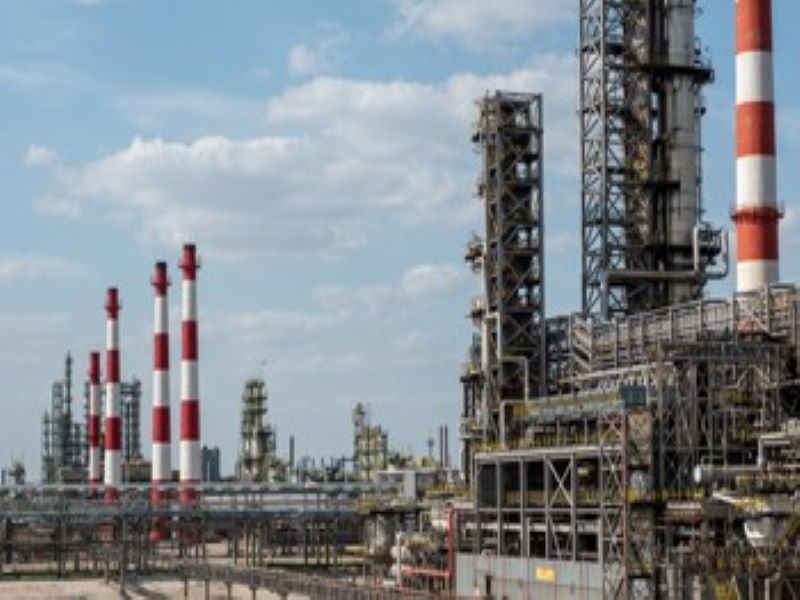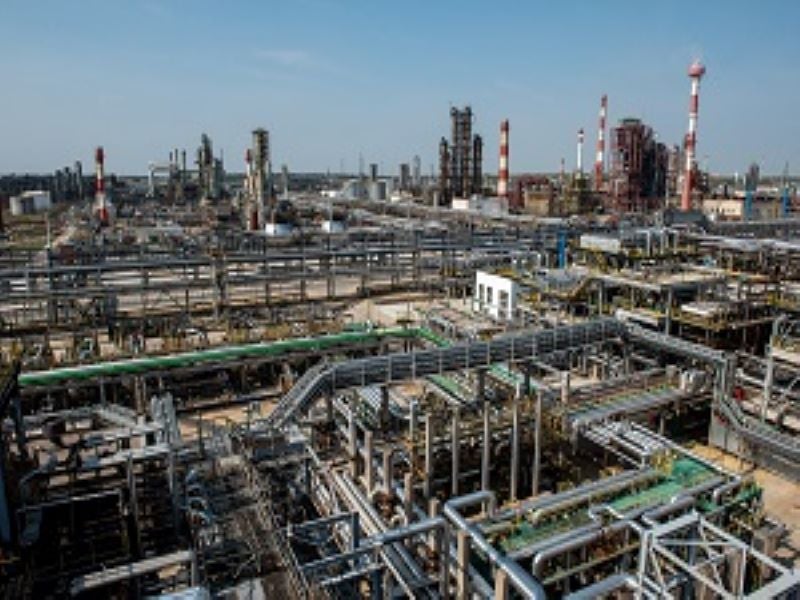The Ryazan refinery, which has a processing capacity of 17.1 million tonnes of oil a year (Mtpa), is one of the biggest oil refineries in Russia.
Ryazan Oil Refining Company (RORC), a subsidiary of Russian state-owned Rosneft, is the owner and operator of the refinery, which has been operational since October 1960.
Rosneft gained control of the refinery by acquiring TNK-BP, a 50-50 joint venture between BP and AAR consortium, in March 2013.
After undertaking a comprehensive modernisation programme, Rosneft is planning to build a vacuum gas oil (VGO) hydrocracking complex at the refinery to enable the conversion of heavy petroleum products into light petroleum products.
Location and feedstock supply
The refinery is located in Ryazan, in the Central Federal District of Russia, approximately 200km south-east of Moscow.
It receives crude oil for processing through the Almetyevsk-Nizhny Novgorod-Ryazan pipeline.
Ryazan refinery production details
The refinery produces a range of products including petrol, diesel, jet fuel, naphtha, heating fuel oil, liquefied petroleum gas (LPG), kerosene, marine fuels, as well as road asphalt and construction bitumen.
It processed 13.1 million tonnes of crude oil with a refining depth of 74.3% in 2020. Light products yield during the year stood at 58.6%.
The refinery started producing high-octane Pulsar-100 gasoline and AI-95-K5 Euro-6 gasoline in March 2018 and May 2019, respectively. It had commenced production of RMG380 III residual marine fuel in 2017 and fully switched to Euro-6 gasoline production in December 2019.
The petroleum products produced by the refinery are transported by rail, road and pipeline, with the majority supplied to the Moscow region.
Processing at Ryazan refinery
The oil refinery complex houses four crude oil processing units, a vacuum gas oil (VGO) hydrotreating unit, a hydrogen production unit (HPU), a sulphuric acid alkylation unit (SAAU), a catalytic cracking unit (CCU), a tar visbreaking unit, and a catalytic reforming unit (CRU).
It also houses an aromatic reforming unit, a diesel hydrotreating (DHT) unit, a kerosene hydrotreating unit, a low-temperature isomerisation unit, and a gas fractionation unit, along with bitumen and sulphuric acid production facilities.
Rosneft implemented a number of projects between 2019 and 2020 to reduce the environmental impact of the refinery, including upgrades to the existing wastewater treatment facilities, and construction of new desulphurisation units.
Ryazan refinery modernisation details
Rosneft has been upgrading different process units of the refinery to increase the conversion rate, light petroleum products yield, and production of green motor fuels.
A project to upgrade one of the crude distillation units of the refinery was launched in August 2020, while the CRU upgrade involving the replacement of reactors was completed in March 2019.
A major retrofitting of the diesel fuel hydrotreater was completed in 2018, which was followed by an overhaul and retrofitting of an atmospheric distillation unit in 2017.
A new oxidation feedstock preparation component was installed at the refinery’s bitumen production unit in 2017.
The refinery’s CRU started using catalysts manufactured by Rosneft’s Angarsk plant as part of the company’s import substitution programme in 2020.
The diesel fuel hydrotreater of the refinery also started using the indigenously-manufactured catalysts in October 2020, while the refinery’s hydrogen production unit has been using catalysts supplied by the Angarsk Plant since 2018.
Contractors involved
Rosneft signed an agreement of intent with Maire Tecnimont, an industrial engineering company based in Italy, to implement the VGO hydrocracking project at the refinery in October 2021.
The contractual scope will include design, construction, supply of equipment and materials, as well as start-up, commissioning, and project finance services.
The VGO hydrocracking complex at the Ryazan oil refinery will include hydrocracking units, hydrogen production units, elemental sulphur production units, and associated off-site facilities.





